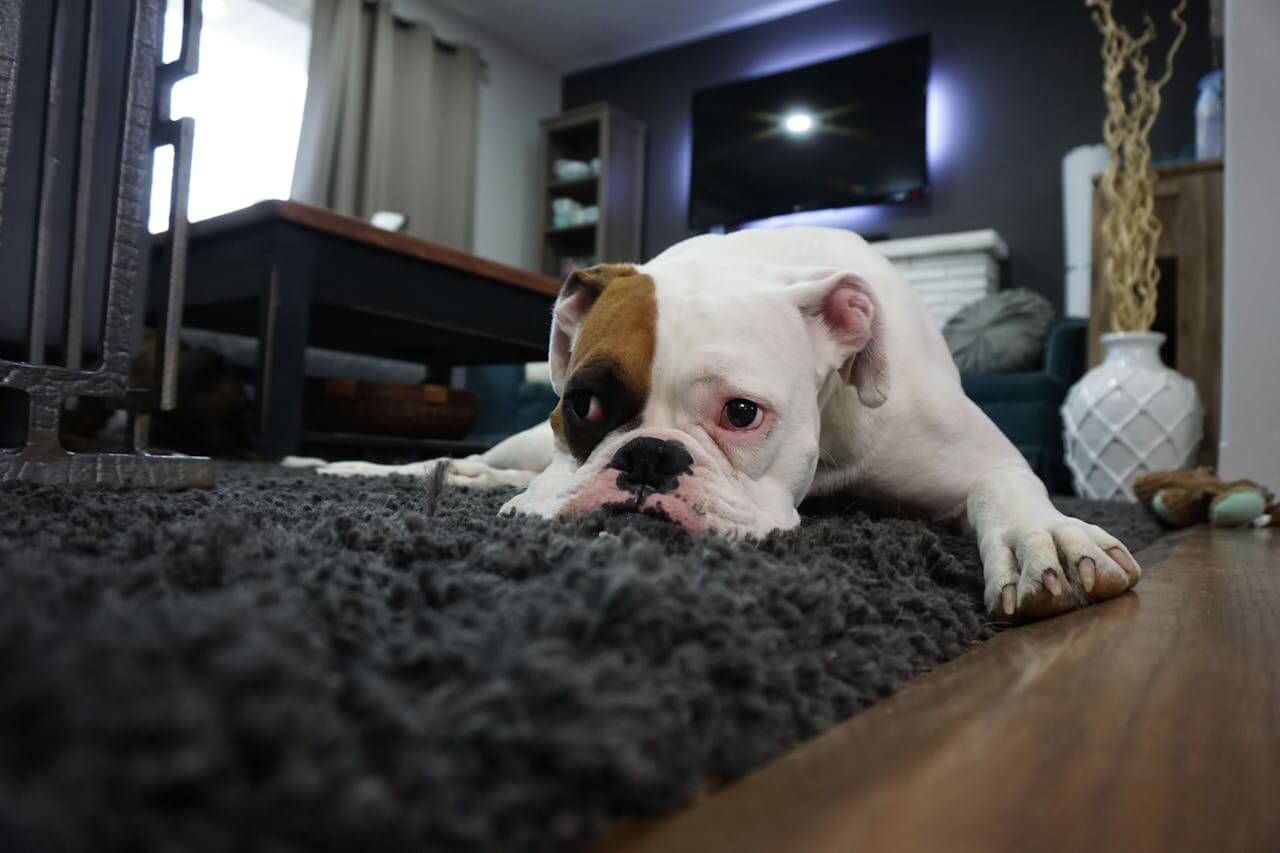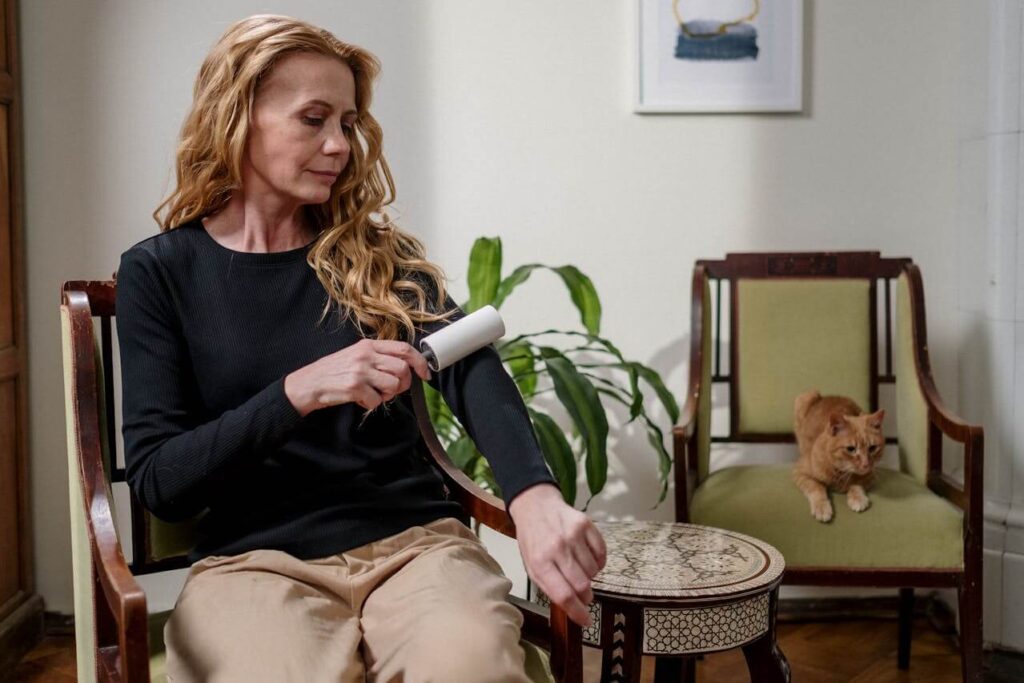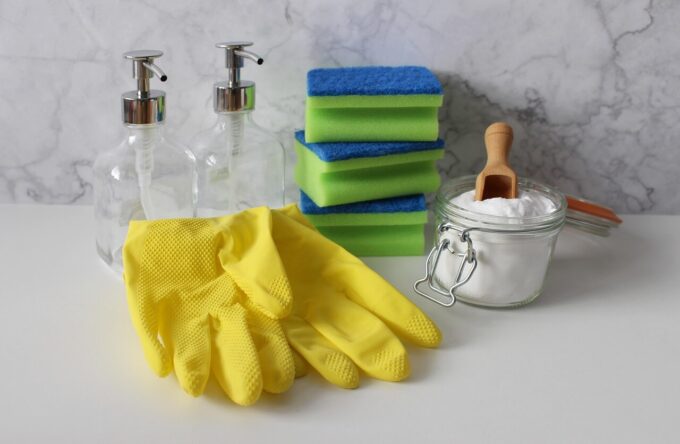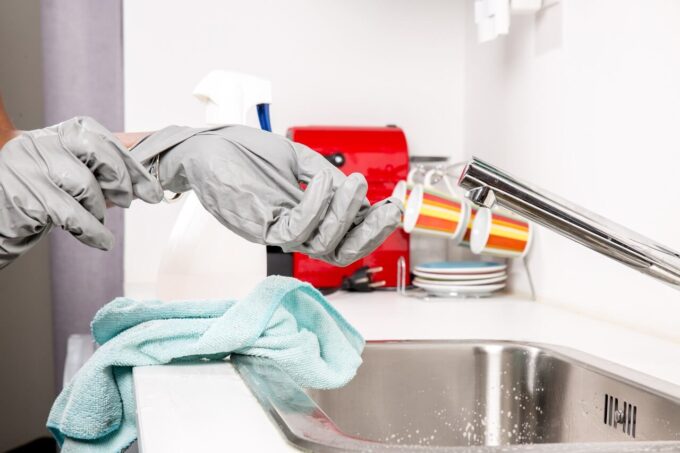
Animal companions bring immeasurable joy—and an inevitable shower of shed fur. This fuzzy byproduct accumulates on furniture, floor coverings, garments, and even circulates through your living space. Despite regular vacuuming sessions, the fur seems to regenerate faster than your cleaning efforts can address it.
Take heart—countless households face this same challenge. The encouraging reality is that effective fur management doesn’t require harsh substances or costly specialized equipment. This comprehensive guide presents straightforward, animal-safe approaches to eliminate persistent fur without exhausting your patience or resources.
Understanding the Stubborn Nature of Animal Fur
Animal fur presents unique cleaning challenges for several compelling reasons:
- It forms strong attachments to textured and soft surfaces. Upholstery, blankets, area rugs, and window treatments act as collection points for discarded fur.
- Electrical charge intensifies adhesion. Once electrically charged, fur particles cling with remarkable tenacity to various surfaces.
- It penetrates concealed spaces. Beneath cushions, along wall edges, and deep within carpet fibers—fur infiltrates virtually every available crevice.
These characteristics explain why conventional cleaning methods often fall short. Success requires specialized techniques and appropriate tools.

Effective Tools for Fur Removal from Various Surfaces
Many highly effective solutions require no significant investment:
- Household rubber gloves: Slightly moistened, these transform into powerful fur collection tools when swept across upholstered surfaces.
- Adhesive rollers: Perfect for targeted cleaning of smaller fabric areas like throw pillows or chair arms.
- Specialized fabric brushes: Engineered to extract fur from upholstery without fabric damage.
- Specialized vacuum equipment: Models featuring motorized brush attachments or high-efficiency particulate filters deliver superior deep-cleaning results.
- Microfiber floor implements: Exceptionally effective on solid surfaces like hardwood, ceramic, or manufactured flooring—capturing fur without redistribution.
- Dampened cleaning sponges: An economical option for gentle fur extraction from furniture surfaces or stairways.
Systematic Approach to Upholstery Cleaning
Transform fur-covered seating with this methodical process:
- Begin with thorough vacuuming. Utilize upholstery attachments or compact vacuum units. Focus particularly on seams, folds, and beneath removable cushions.
- Apply the rubber glove technique. Lightly dampen household rubber gloves and use circular motions across fabric surfaces. The fur will form easily removable clumps.
- Address residual fur with adhesive tools. Capture remaining fine fur using adhesive rollers or improvise with masking tape wrapped around your hand (adhesive side outward).
- Target hidden areas. Apply your vacuum’s narrow attachment to access spaces beneath and behind furniture pieces.
- Complete with static reduction. Finish by wiping surfaces with a clean, dry microfiber cloth to minimize static electricity.
Maintenance Recommendation: Position a compact vacuum or adhesive roller near your pet’s preferred resting location. Brief daily attention prevents significant accumulation.
Surface-Specific Floor Cleaning Strategies
Different flooring materials demand tailored approaches:
Hard Surface Flooring (Wood, Manufactured, Ceramic)
- Implement microfiber cleaning tools or anti-static dust collectors—these capture fur rather than redistributing it.
- Avoid traditional brooms, which primarily disperse fur into the air.
- For persistent accumulation, run dampened microfiber cloth along wall edges or beneath furniture.
Carpeted Surfaces
- Begin with vacuum equipment featuring rotating brush mechanisms or specialized attachments. Move deliberately across surfaces in multiple directions.
- For intensive cleaning, apply rubber-edged tools or specialized carpet combs. These tools consolidate fur into manageable clumps.
- Work in harmony with the directional orientation of carpet fibers for optimal results.
- Quick alternative: When vacuum access is limited, slightly dampen a sponge-type floor implement to extract fur from low-profile carpeting.

Preventative Maintenance for Reduced Fur Accumulation
Minimize initial fur distribution with these practical daily habits:
- Implement daily brushing routines. Regular coat maintenance reduces environmental shedding. Select grooming tools appropriate for your pet’s specific coat characteristics.
- Protect preferred resting areas. Deploy machine-washable covers on pet bedding, seating, or preferred resting spots. Launder these protective layers regularly.
- Establish entry cleaning protocols. After outdoor activities, briefly clean your pet’s paws and coat using animal-safe cleansing cloths to minimize tracked-in fur and debris.
- Prioritize damp cleaning methods. Sweeping primarily redistributes fur; dampened cleaning tools capture it effectively.
- Maintain vacuum performance. Regularly empty collection chambers and clean filters to preserve maximum suction capability.
Practical Suggestion: Position grooming supplies near entryways or laundry facilities to integrate brushing seamlessly into daily routines.
Animal fur needn’t dominate your living environment. With appropriate tools and strategic habits, you can maintain a clean home without excessive effort or frustration. These natural, straightforward techniques preserve your pet’s wellbeing while integrating smoothly into regular household maintenance. By reducing time spent addressing fur accumulation, you create more opportunities for meaningful interaction with your animal companions.
Latest Posts
How to Clean Your Walls Without Damaging the Paint
Reality check—walls accumulate debris over time. From oily handprints around switch plates...
3 Mins readHow to Deep Clean Your Kitchen in One Afternoon
Face it—thoroughly scrubbing your kitchen rarely tops anyone’s list of enjoyable activities....
3 Mins readHow Often Should You Really Be Cleaning These 10 Things?
(Unexpected insights for a healthier home environment) Most households maintain some form...
3 Mins readHow to Attract Pollinators to Your Backyard Garden
Dreaming of a vibrant, flourishing garden space? Whether you’re cultivating vegetables, nurturing...
3 Mins read











